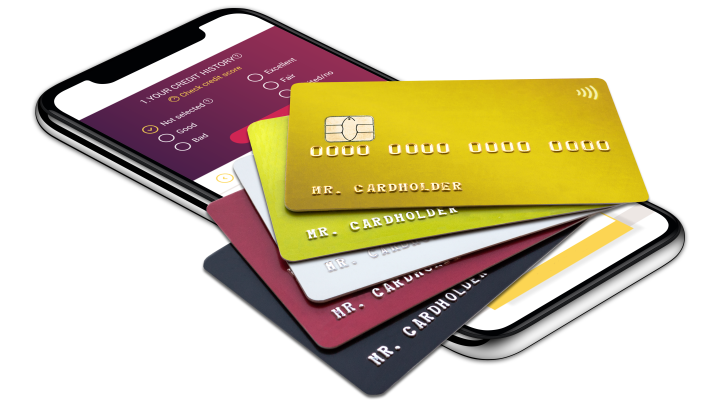The content is accurate at the time of publication and is subject to change.

A balance transfer is the transfer of cash or credit to another account not necessarily at the same bank or financial agencies. At the most basic level these denote the transfer of funds to different accounts held in different banks or the moving of funds and credit between two accounts held in the same bank.
Nowadays, balance transfers are gaining importance as credit card companies are allowing their customers to transfer credit and balance amounts payable to other accounts in different credit card companies.
There are different types of balance transfers. These include:
* Credit card accounts
* Bank savings accounts
* Bank checking accounts
* Trading accounts at financial institutions
Banks and other financial institutions offering loans also offer the balance transfer scheme. HSBC is one such bank. Where personal, home or car loans are concerned, the bank allows a customer to transfer a loan taken from another bank to, say, HSBC, and in doing so the customer can save substantially. There are many others that offer a similar scheme. This is a facility offering you a choice to transfer the outstanding balance of the loan availed from other banks/ financial institutions for more favorable terms & conditions. However, the customer is expected to have a clean credit history.
Balance transfer is also a facility offered by all the credit card issuing companies to cardholders which enables them to transfer the existing outstanding or debt of one credit card to another one that is less used or even new. One important thing to remember is that you must not allow the balance transfer to exceed 80% of the credit limit.
The process:
The balance transfer process includes the following steps:
Since credit card balance transfers are relatively recent, one must get familiar with the process before attempting to avail of the scheme.
1. To begin with, you have to inform the new credit card issuer that you are interested in availing of the balance transfer scheme.
2. The credit card issuer then sends an officer to your residence with a balance transfer form which you are to fill out and attach to your latest credit card statement.
3. Within the next 7-10 days, the new credit card issuer will send over a demand draft payable to the previous credit card issuer. You will be required to pay the outstanding amount due.
After which, the balance is transferable?
The balance transfer the last step in what the financial players of today have devised as "customer friendly services", ways in which a bank, for instance, will tell you that you can now afford to spend more than you can hope to pay. A balance transfer does not affect your capital payable. If anything, it helps you reduce the percentage of interest you pay to the bank, that too by shifting your account to another bank. Though the balance transfer is most used with credit balance transfers, it is also applicable for loan payments to banks.



